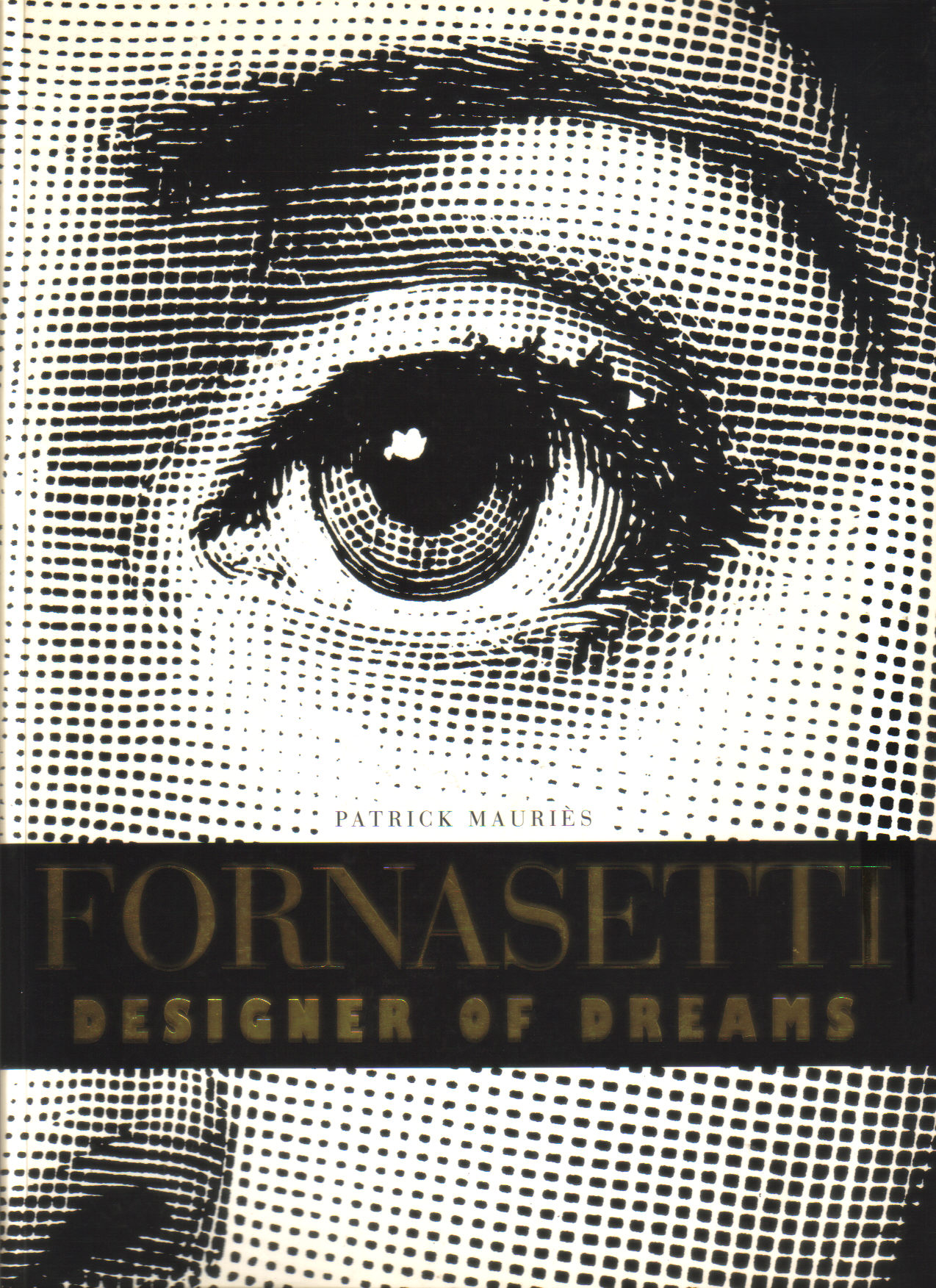Giornali, A Unique Lithographically and Transfer-Printed Wood and Brass Desk
By Piero Fornasetti, circa 1950s
Inlaid with the firm's circular hand with brush tag
32 in (81.3 cm) high, 47 ¼ in (120 cm) wide, 23 ½ in (59.7 cm) deep
Literature
Barnaba Fornasetti, ed., Fornasetti: The Complete Universe, 2010, p. 377, no. 104
32 in (81.3 cm) high, 47 ¼ in (120 cm) wide, 23 ½ in (59.7 cm) deep
Literature
Barnaba Fornasetti, ed., Fornasetti: The Complete Universe, 2010, p. 377, no. 104
Although he wished his pieces to be distinctive and modern, Piero Fornasetti (1913-1988) strove to avoid the influence of contemporary tastes, the fleeting nature of which put an expiration date on the works they engendered. Fornasetti aimed for timeless pieces and, despite rigorously modern lines of work, he consistently drew on old and enduring styles. His architecturally-inspired cabinets, on which he originally worked with fellow Milanese designer Gio Ponti, took their form from 18th-century Italian cabinets (trumó or trumeau), decorated with prints inspired by 16th-century Italian trompe-l'oeil and 20th-century Surrealism. Other familiar motifs in Fornasetti's work include the face of opera singer Lina Calvalieri, which he spotted in a 19th-century magazine and then reproduced in many versions on a multitude of objects.
Fornasetti greatly enjoyed playing with these repeated motifs and a recurrent example is seen in this desk. Fornasetti loved printing and even purchased himself a printing press early in his life, founding his own workshop called the Stamperia d'Arte Piero Fornasetti. He grew up during a period of exponential increase in printed material with a multitude of new books published on art, literature, architecture and poetry. A piece like the Giornali desk reflects the profusion of the printed word, here shown in a babble of languages, overlapping and melting into one another.
This Giornali desk is a unique piece in Fornasetti's opus. That in itself is astounding given that he was a champion of serial production, the forward-thinking notion of making pieces in a series. That this desk was not produced numerous times is a testimony to its true value and importance in the eyes of Fornasetti himself. The motif of the newspapers does appear in many of his works, including several expressing his passion for trompe-l'oeil: there are ceramics made to look like folded newspaper hats, tableware printed with news columns, sitting on similarly patterned tablecloths, even a plate shaped like a crumpled page patterned in newsprint and overlaid with trompe-l'oeil images of fruit, butterflies, and silverware.
This play with the printed medium reflects Fornasetti's own artistic technique: he prepared lithographs of his images, printed them onto transfer sheets and then applied them to each section of his furniture, ceramics, and other pieces. The Giornali motif expresses Fornasetti's closeness to the printing process. The collage of newspapers is itself a commentary on the ubiquitous but ephemeral nature of information in the modern world – the world in which Fornasetti's work had itself to communicate, and earn a lasting place.
Fornasetti greatly enjoyed playing with these repeated motifs and a recurrent example is seen in this desk. Fornasetti loved printing and even purchased himself a printing press early in his life, founding his own workshop called the Stamperia d'Arte Piero Fornasetti. He grew up during a period of exponential increase in printed material with a multitude of new books published on art, literature, architecture and poetry. A piece like the Giornali desk reflects the profusion of the printed word, here shown in a babble of languages, overlapping and melting into one another.
This Giornali desk is a unique piece in Fornasetti's opus. That in itself is astounding given that he was a champion of serial production, the forward-thinking notion of making pieces in a series. That this desk was not produced numerous times is a testimony to its true value and importance in the eyes of Fornasetti himself. The motif of the newspapers does appear in many of his works, including several expressing his passion for trompe-l'oeil: there are ceramics made to look like folded newspaper hats, tableware printed with news columns, sitting on similarly patterned tablecloths, even a plate shaped like a crumpled page patterned in newsprint and overlaid with trompe-l'oeil images of fruit, butterflies, and silverware.
This play with the printed medium reflects Fornasetti's own artistic technique: he prepared lithographs of his images, printed them onto transfer sheets and then applied them to each section of his furniture, ceramics, and other pieces. The Giornali motif expresses Fornasetti's closeness to the printing process. The collage of newspapers is itself a commentary on the ubiquitous but ephemeral nature of information in the modern world – the world in which Fornasetti's work had itself to communicate, and earn a lasting place.























